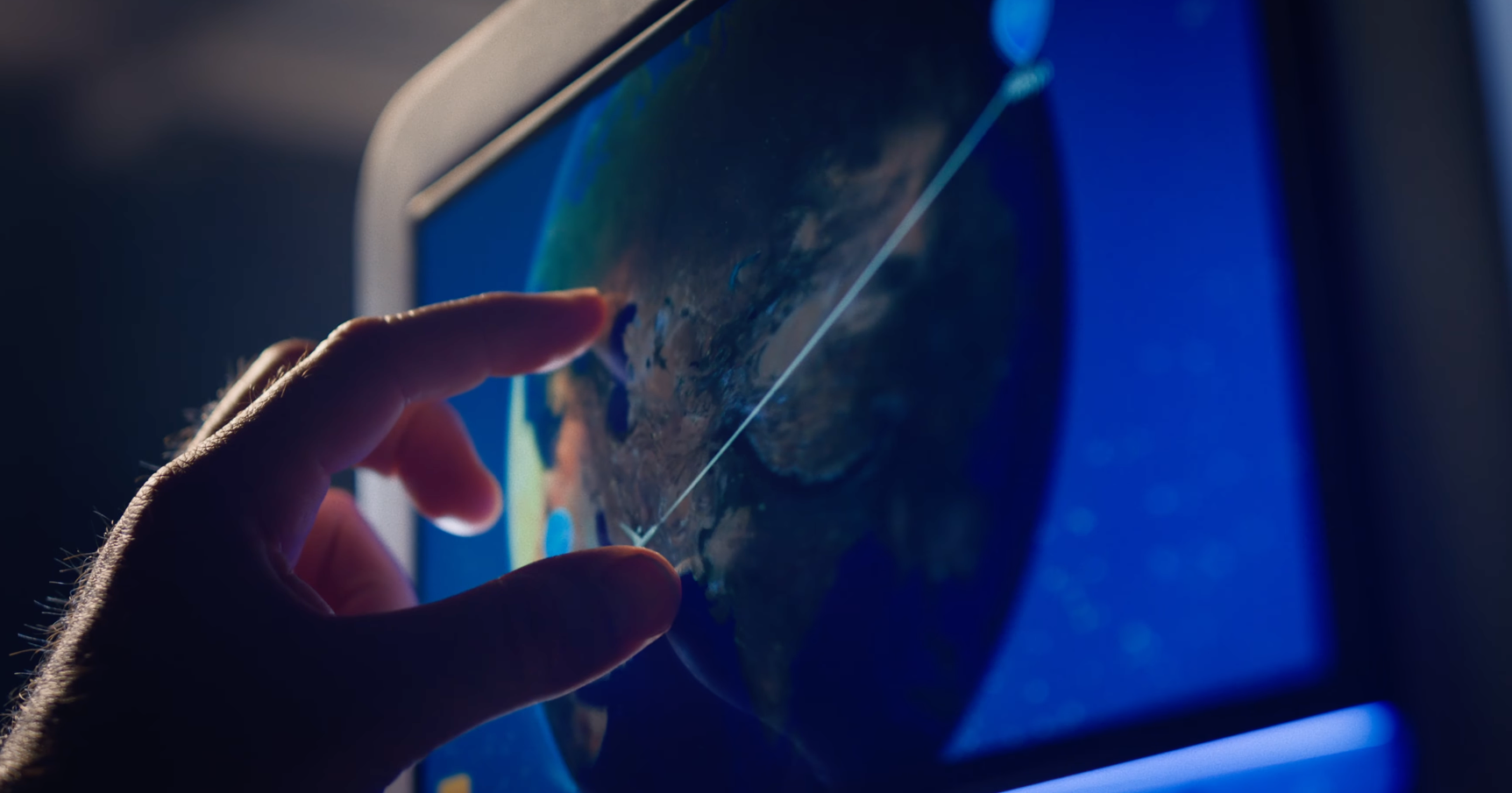In-flight entertainment (IFE) systems are evolving to provide a more inclusive experience, ensuring passengers with disabilities have equal access to entertainment during air travel. Airlines, industry experts, and passengers are emphasizing the importance of accessible IFE. As a result, airlines and their suppliers are ensuring that newly developed features that drive engagement can be accessed by all passengers, including those with visual, hearing, and physical impairments.
It's not the law (yet)
Though the Air Carrier Access Act (ACAA) mandates accessibility in essential services, IFE systems are not explicitly covered under U.S. law. However, the aviation industry increasingly recognizes that entertainment contributes to the overall passenger experience. Given the lack of regulatory change, suppliers and their airline customers have driven innovation on their own.
As a U.S. law, ACAA has jurisdiction over flights that land or depart from the U.S.A. Considering the global context of aviation, one can imagine what could become a litany of regulations and laws governing what type of access or degree of inclusivity an airline’s IFE must have. In a global aviation context, this could lead to a patchwork of regulations regarding IFE accessibility. However, complexity should not be seen as a barrier to progress. Since passenger satisfaction is closely tied to revenue, airlines and IFE suppliers have strong incentives to collaborate in making IFE accessible to passengers of all abilities.
Where tools and support can make a difference
Accessible in-flight entertainment systems need features that fall into three general categories:
Visual Accessibility Tools
These tools help passengers with visual impairments access content through features like text-to-speech, audio descriptions, and screen readers. First introduced in 2018, United and Panasonic Avionics collaborated to introduce voice navigation and adjustable text size on seatback IFE systems. This pioneering venture was awarded the Crystal Cabin Award for Inflight Entertainment and Connectivity, a highly coveted award recognizing efforts to provide customers with new passenger innovations. This technology is now flying on a variety of airlines around the world, making IFE more accessible to different geographies and customer bases. Other vendors, like Bluebox Aviation, integrate Apple’s VoiceOver to help visually impaired passengers enjoy inflight content independently. Panasonic’s new inflight moving map Arc™ will soon introduce text sizing elements and different color schemes to assist passengers with color vision deficiencies.
Support for Passengers with Hearing Impairments
Closed captions, subtitles, and audio-based instructions are common solutions. Many content service providers (CSPs) now offer captioned media to airlines for passengers with various hearing abilities, as well as audio-described content for visually impaired passengers. IFE suppliers are now also focusing on accessible graphical user interfaces (GUIs) with gesture control and text-to-speech features, ensuring inclusivity for passengers who are deaf or hard of hearing.
Airlines do need to make a philosophical choice as to whether it’s important to provide a separate-but-fully-accessible GUI experience for passengers who need it, or a single GUI experience that with the right design approach and toolset brings functionality to all. Of course, most would opt for the latter, but it also requires more resources, time, and forethought – something that not all airlines have the luxury of.Jaspreet Singh
Product Manager for Panasonic Avionics
Singh leads Panasonic’s cross-functional innovation efforts, leveraging research across the company. He’s currently exploring use cases that utilize Artificial Intelligence to reach beyond speech-to-text and translation tools into areas like cabin service coordination or crew communication.
Adaptive interfaces for passengers with physical disabilities
Passengers with physical disabilities may struggle to operate touchscreens or traditional seatback controls, adaptive interfaces for physical disabilities help to address this. Airlines are incorporating Bluetooth connectivity, allowing passengers to use personal devices as remote controllers. Vendors are also working on voice-activated controls and simplified GUIs that offer better usability for passengers with limited mobility.
Personal devices with assistive technologies can also bridge the gap
The “Bring Your Own Device” (BYOD) trend offers significant benefits for accessibility. Passengers can use personal assistive technologies on their own smartphones or tablets to stream inflight content. This approach minimizes the need for airlines to build custom accessibility solutions while ensuring passengers benefit from familiar tools.
Panasonic is incorporating some of the same device-driven tools into its industry-first interactive authoring tool, Modular Interactive. Features such as screen magnifiers or high-contrast modes will be available for airlines who prioritize including it.
Continuing the effort, despite challenges of scale and standardization
Experts emphasize the importance of involving advocacy groups and passengers with disabilities in the design process. Singh regularly receives feedback that informs his product management approach, but also brings importance to it as well. “For the one-to-two percent of passengers that need it, this technology is really welcome and it’s great to see most airlines asking for assistive tools to be developed and incorporated for IFE.”
As noted by Andy Masson, Vice President of Product Management and Strategy for Panasonic Avionics, in a recent panel by PAX International on accessibility in the passenger experience, “Air travel can be a very stressful experience for anyone. What it needs to be is a wonderful experience for everyone.” Even though accessibility in IFE systems remains unregulated, airlines that serve passengers of all abilities view it as essential.
Air travel can be a very stressful experience for anyone. What it needs to be is a wonderful experience for everyone.Andy Masson
Vice President of Product Management and Strategy for Panasonic Avionics
From screen readers and captions to adaptive controls and BYOD integration, the aviation industry is making strides toward more inclusive travel. Despite challenges related to implementation and standardization, airlines, their passengers, and their vendors are collaborating to ensure the future of air travel will be more accessible for everyone.



